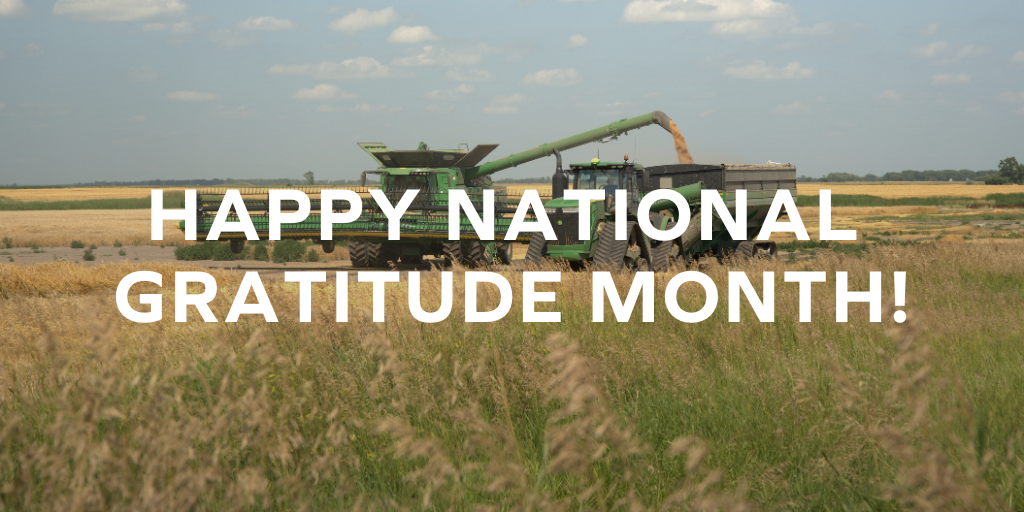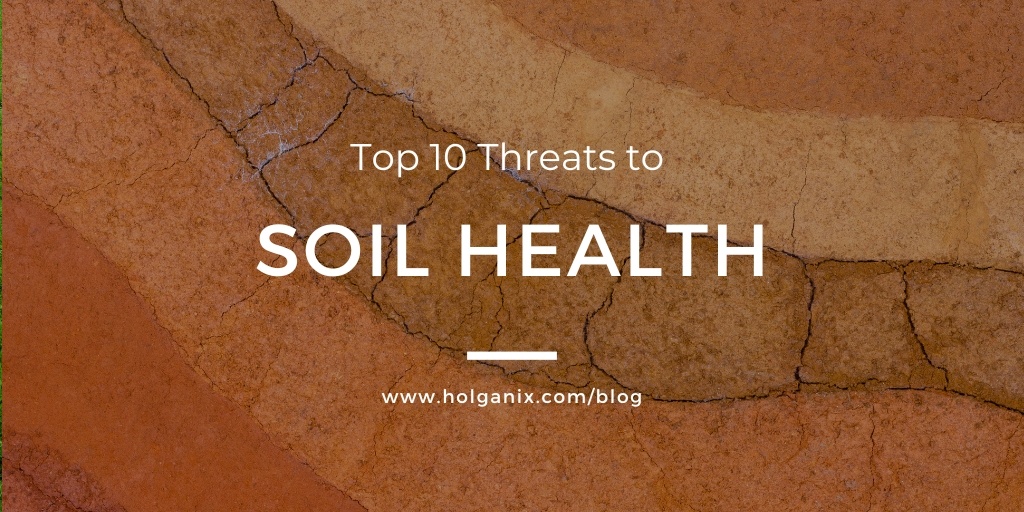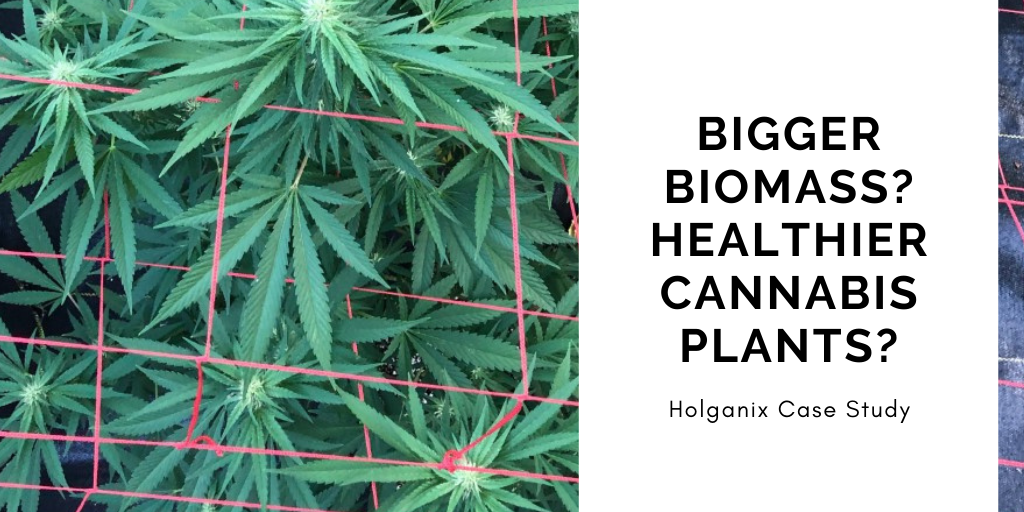|
April 5, 2012
|
9:40 PM
 2 min read
2 min read
Recent
Popular
-2.jpg)
-1.jpg)
-1.jpg)
-1.jpg)
.jpg)

-2.jpg)
How Carbon Gets Dirty: The Science of Moving Carbon From Air to Soil
-1.jpg)
Holganix Case Study: Stance Capital
-1.jpg)
A Season of Gratitude from Barrett Ersek, CEO Holganix, Inc.
-1.jpg)
The ROI of Regeneration
.jpg)
The Science Behind Soil Health: Understanding Bulk Density & Soil Organic Carbon

Happy National Gratitude Month!
Lists by Topic
- blog (423)
- lawn care (378)
- agriculture (221)
- golf course (205)
- sports turf (202)
- holganix reviews (168)
- story (126)
- Holganix Bio 800 (32)
- farmers (28)
- soil health (24)
- soil (17)
- trees (16)
- webinar (16)
- Holganix Bio 800 Breakdown (14)
- holganix case studies (12)
- Holganix Bio 800 Agriculture (11)
- Soil heath (10)
- soil microbes (10)
- Holganix Bio 800+ Revive (9)
- carbon (9)
- crop residue (8)
- holganix results (8)
- fertilizer (7)
- Gratitude (6)
- turf (6)




 In Cambridge, Maryland, a historical site happens to have some of the oldest boxwoods in America. They were planted 300 years ago and have been silent observers to the forming of our great nation and all the adversity it has faced throughout the ages. Despite all the love and care they were given, the boxwoods suffered from insect damage, age and poor cultural conditions. Horticulturists were consulted. Their recommendation was that these trees had reached the end of their life cycle. Nothing would cure them, and they were condemned and written off to be destroyed.
In Cambridge, Maryland, a historical site happens to have some of the oldest boxwoods in America. They were planted 300 years ago and have been silent observers to the forming of our great nation and all the adversity it has faced throughout the ages. Despite all the love and care they were given, the boxwoods suffered from insect damage, age and poor cultural conditions. Horticulturists were consulted. Their recommendation was that these trees had reached the end of their life cycle. Nothing would cure them, and they were condemned and written off to be destroyed. Unbeknownst to us, an Amish farmer in Delaware heard about our
Unbeknownst to us, an Amish farmer in Delaware heard about our .webp)
-1%20(1).webp)
-831535-2.webp)






-1.png)